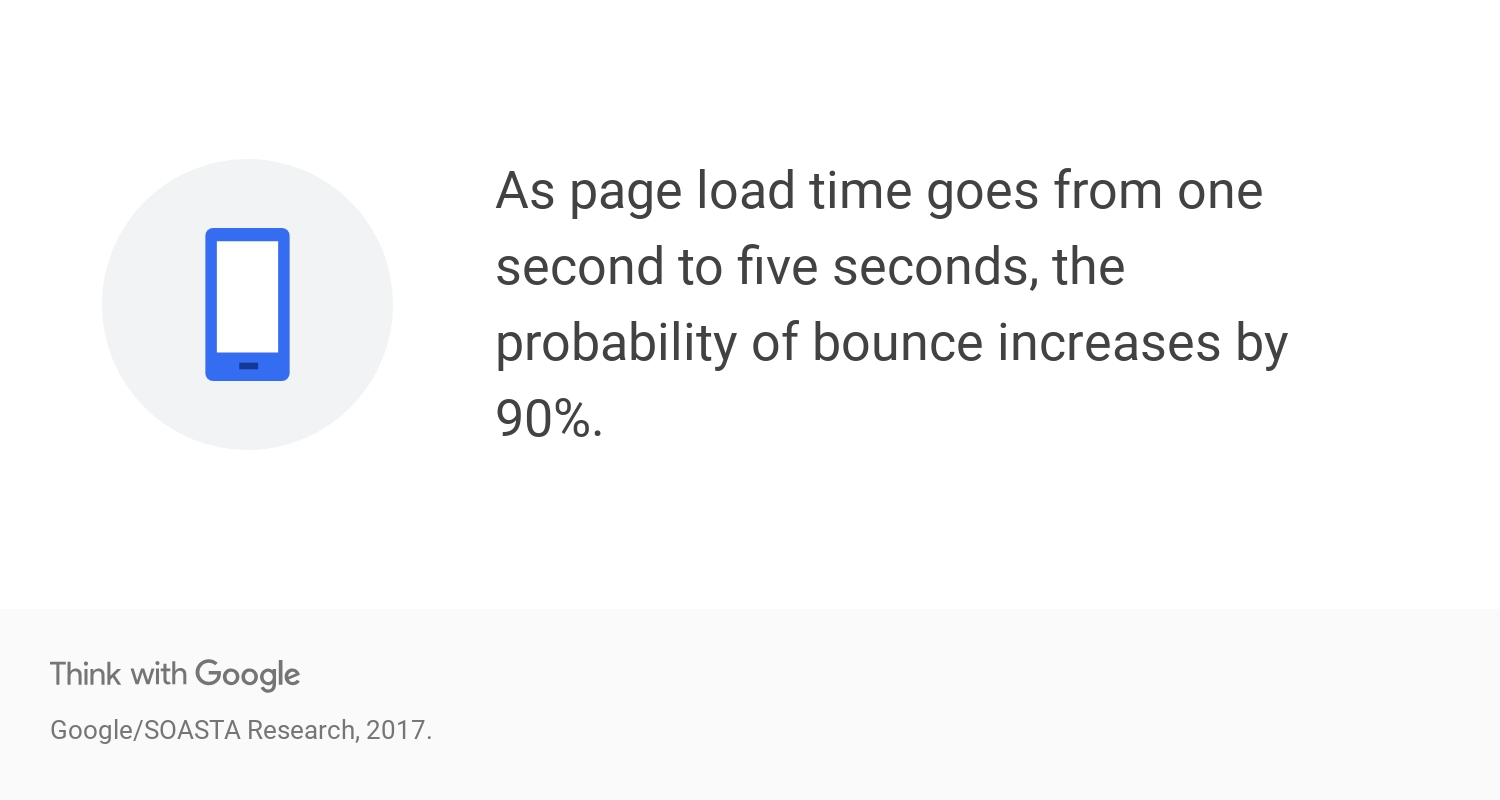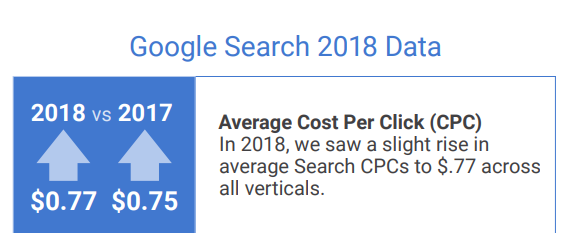SEO vs. SEM: How They’re Different (Why You Need Both to Succeed)

Spoiler alert: SEO (search engine optimization) and SEM (search engine marketing) are two critical pieces of a successful digital marketing strategy.
Some people tend to use the words interchangeably, but it’s important to know the difference between the two in order to make the most of both organic and paid search.
Here’s what we’ll cover :
SEO is the practice of using on-page and off-page SEO strategies to increase the organic traffic to your website by ranking more highly in search engine results pages, aka SERPs. SEO is also commonly referred to as “organic” marketing.
Search Engine Results Pages don’t just include a single platform. Some of the most common paid advertising / SEM platforms include:
But how do you make your website or content rank more highly on SERPs?
Search engines (like Google) crawl all of the content they can find online, then index and analyze that content. That analysis helps Google understand what your content is about and how closely it matches what people are searching for. Optimizing that content means making sure that Google can understand it — and that people who find your content through their search find what they need on your site.
Overall, the goal of both on-page and off-page SEO is to drive more high-quality organic website traffic — without paying for clicks.
Off-page SEO can include anything that doesn’t directly happen on your website but is generating traffic to your website including link building and local SEO. For example, Link building is the practice of not only creating great content or assets that are worthy of other websites linking but reaching out to those websites to get a link pointing back to those assets or content. Building good relationships with other companies who have high-quality websites can help your off-page SEO in the long-term. Local SEO is another Off-page option to make sure visitors can find your location. You can also use local SEO to target an audience that is located in the same geographical area as you are.
On-page is the practice of making sure content does two things really well: solves problems for searchers and communicates clear intent and keyword focus to search engines. On-page refers to both the content and HTML source code of a page that can be optimized, as opposed to off-page SEO which refers to links and other external signals. Examples can include content marketing, site speed, images, and keyword optimization.
Technical SEO governs page speed optimizations as well, which is particularly focused on mobile load times, JavaScript compression, management of 3rd party scripts, and overall document size (and a bunch more). By optimizing your website you help search engines access, crawl and index your website easily. Examples of technical SEO include indexation, site architecture, redirects and UX.
Keyword research is the process of finding an audience and topical focus for content through the measurement of search volume, searcher intent, and competitive analysis. This research helps marketers understand which keywords are the most popular, as well as how hard it can be to rank for those keywords. In turn, this helps you understand what opportunities you have to write content that ranks well for relevant keywords.
SEO metrics can include:


Other metrics include:

SEM is the practice of driving website traffic by purchasing ads on search engines (like Google Ads). These ads are usually pay-per-click (PPC) ads that show up above the organic results on the SERP. Marketers can choose which keywords to target with their paid search ads. SEM is also commonly referred to as “paid” or “PPC” marketing.
These keywords should be closely related to your product or service — you want to be the first thing that searchers see when they’re in a ready-to-purchase mindset.
Because it’s a form of paid advertising, SEM often involves more steps than SEO. The SEM process can include keyword research, budgeting, running paid ad campaigns, creating copy for ads, and bidding on search ad placements.
While you can choose to measure success with SEM across many metrics, two of the most common metrics you’ll see are:
When you use SEO and SEM as complementary parts of your digital marketing strategy, you can reduce your overall cost for paid advertising.

Search engine optimization (SEO) focuses on optimizing your website and content to rank organically on search engine results pages (SERPs) to drive organic traffic.
Search engine marketing (SEM) involves promoting your website or content via paid ads that show up on SERPs.
Now you know the difference between SEO and SEM. But is one better than the other? And how do they work together?
By combining paid and organic search, you can reach your target audience with more coverage on the SERPs.
SEO and SEM don’t have a direct impact on each other on the back end. You won’t rank more highly organically if you spend more on your PPC ads.
A searcher may not click on your ad, but when you show up above the organic results, you get your brand in front of the searcher right away above the fold. Having a paid placement and an organic search listing can help boost traffic.
SEO can also help your quality score.
“Why does SEO help? Because organic search inherently optimizes for intent and task completion – two things both search engines and searchers want to see from their online content. When humans find the content that solves their problems in quick fashion, they’re more likely to convert.”
– Jonathan Lister, Senior Manager, SEO at Tinuiti

On Google Ads, quality score is a key factor in determining SEM position and spend. A variety of factors affect your quality score, including click-through rate, the relevancy of ad copy, landing page load time, and landing page quality. When you optimize your site for SEO, you also optimize some of the technical aspects of your site. This makes your site faster, which makes your quality score on Google higher — and your SEM costs lower.
Aligning your SEO and SEM also means better keyword targeting. When you look at the results of your PPC campaigns, you can see which keywords perform best — aka which keywords your target customers are searching for. You can then optimize your content for those keywords to drive more qualified organic traffic.
Alternatively, you can use complimentary keyword strategies: Use SEM to target keywords that are harder to organically rank for, then focus your SEO efforts on long-tail keywords that are more specific, have lower search volume, are easier to rank for.
By having your SEO and SEM relationship work cohesively together, your marketing plan will align for a more effective strategy.
Here are a few examples of how SEO and SEM can play a role in your website’s overall success:
Donnelley Financial Solutions (DFIN) is a leader in risk and compliance solutions. DFIN partnered with Tinuiti in June 2018 to grow their organic brand authority and visibility to drive more business after separating from R.R. Donnelley & Sons Co.
A pain point of DFIN was competitors appearing on the first page of Google. After launching the new website domain and establishing the new SEO strategy, dominating branded keywords and the search engine results page (SERP) was our next step. To make this happen, we generated more outside information on the DFIN brand. This was done through generating a wikipedia page and knowledge graph. As a result, DFIN dominated search results with their website, social profiles, knowledge graph and wikipedia pageâ —pushing companies with similar brand names off of page 1.
“Tinuiti has been a crucial part of DFIN’s rebrand launch from an SEO, analytics auditing, and paid search perspective. The best practices and insight Tinuiti has delivered to DFIN has exceeded our expectations. We see Tinuiti as an extension of our team, not as an agency partner.”
– Nikos Karavitis, Vice President of Digital Marketing & Media at Donnelley Financial Solutions, (DFIN).
Samanage offers a software-as-a-service (SAAS) solution for managing a service desk as well as asset management. Starting in Feb 2018, Samanage wanted to improve their organic search visibility and dominate their competitors in the SERP, but there were two main challenges holding them back.
Technical changes necessary to improve website SEO were tedious and difficult to implement because Samanage’s site was built using a custom-coded WordPress template. And, although there was an established blog on-site, Samanage did not have an SEO focused content strategy.
To learn more, check out the entire case study here.
The short answer is yes. When you invest in both SEO and SEM, you’ll create a more aligned and effective digital marketing strategy.
The one thing that tends to hold people back from investing in SEO (or even resulting in canceling efforts) is the fact that SEO is a long-term investment: When you rank for more keywords, your traffic increases exponentially. And it can take a while.
Throwing money behind PPC ads might get you fast results, but the truth is you’ll probably spend a lot more for that traffic than you would if you owned the entire SERP for the most profitable terms.
Oh – and let’s not forget that once you stop paying for a SERP ad placement, you don’t drive traffic anymore. When SEO is done right and your strategy is really rolling, you’ll see dividends long after you stop paying for optimizations.
The bottom line is when you invest in both SEO and SEM, you can boost both organic and paid traffic — and increase conversions.
